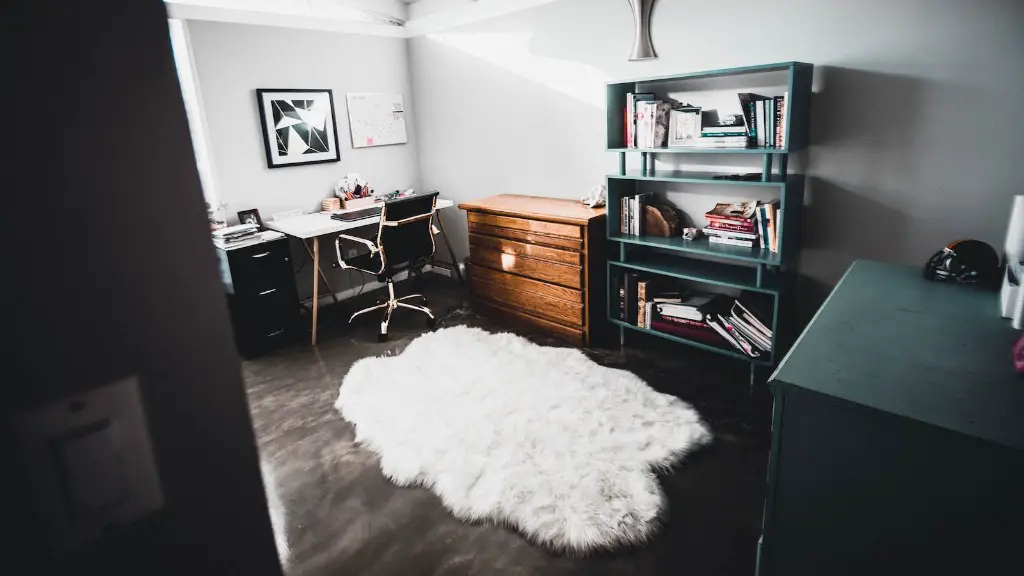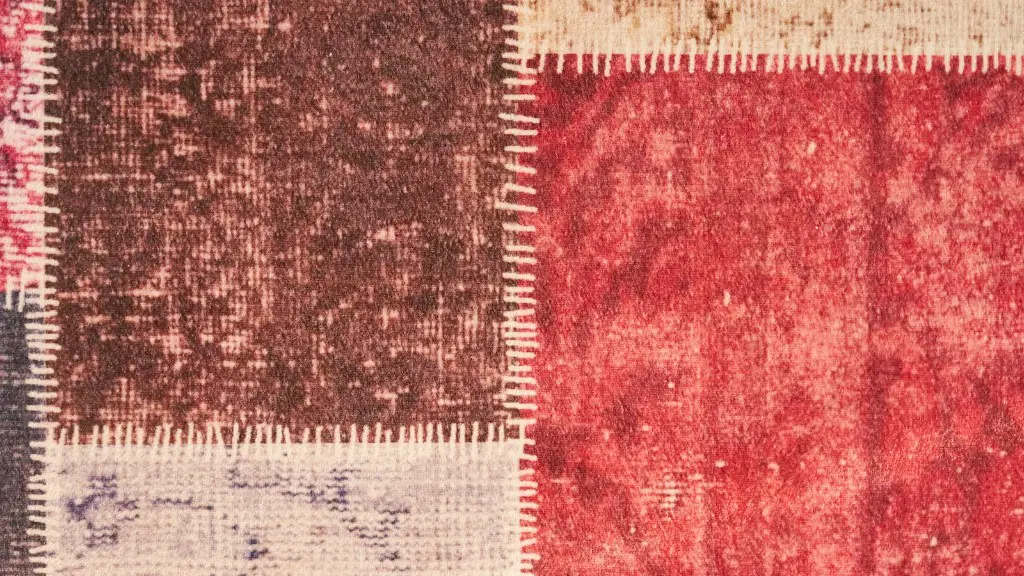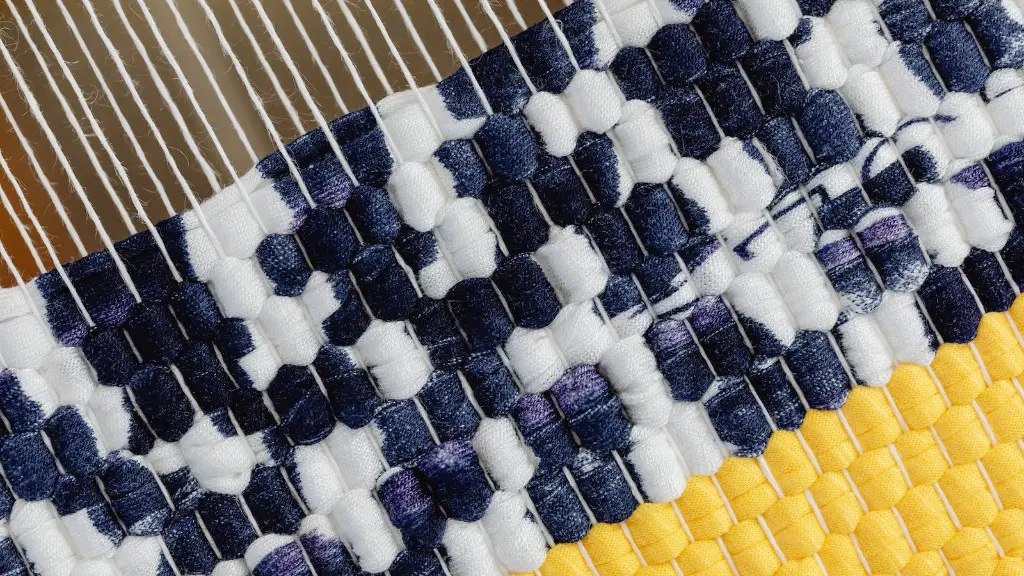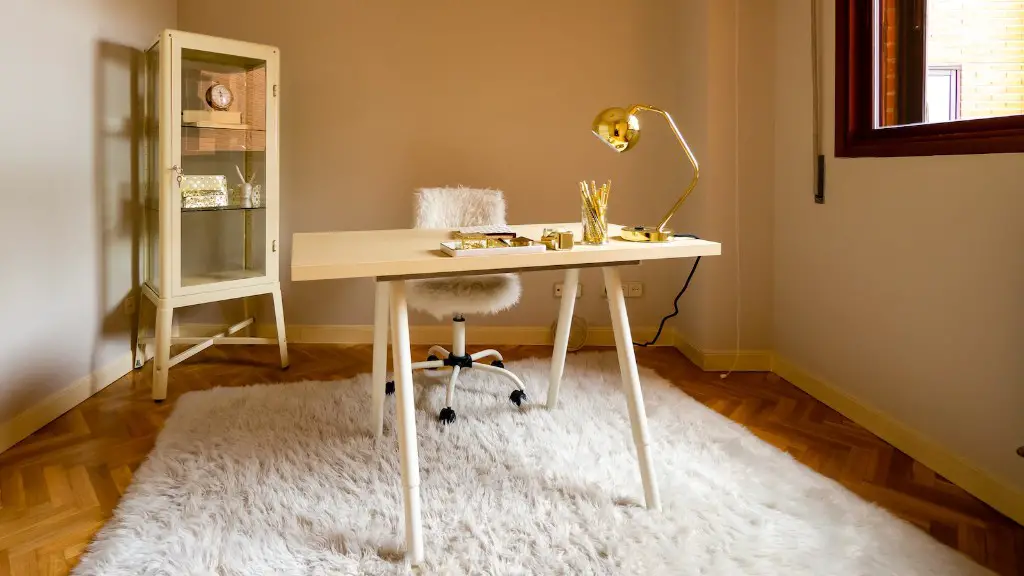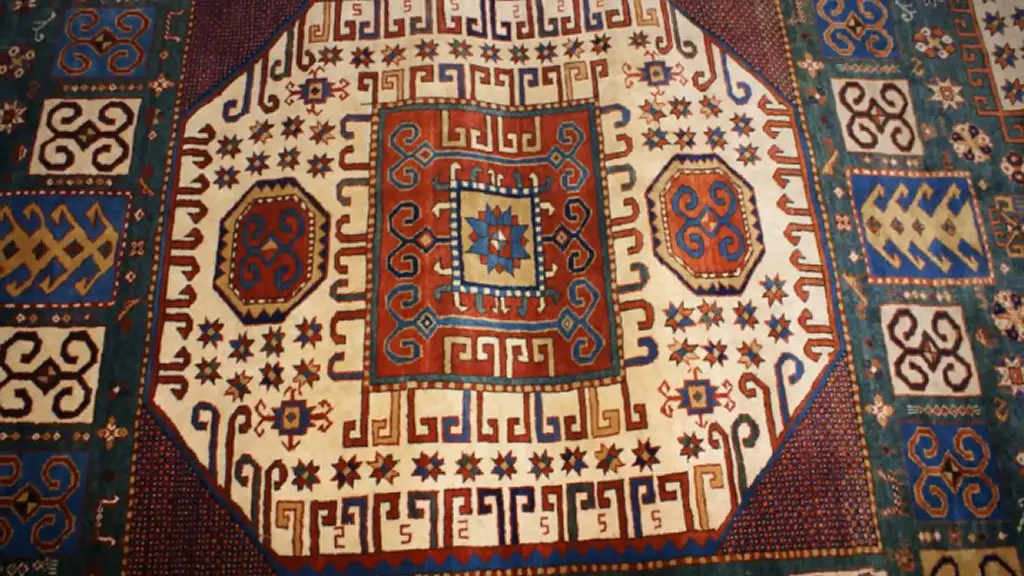Mold spores are a common occurrence in homes and can be found on a variety of surfaces, including carpet. While most mold spores are harmless, some types can cause serious health problems. If you suspect that mold spores are present in your home, it’s important to take steps to remove them. Here are a few tips for removing mold spores from carpet:
You can remove mold spores from your carpet by vacuuming them up or by using a carpet cleaner that specifically removes mold. You should also make sure that your carpet is dry so that mold cannot grow again.
What kills mold spores on carpet?
Mold and mildew can be a real pain to deal with, especially in carpet. But don’t worry, there are a few things you can do to get rid of them for good!
One way to kill mold and mildew is to apply a mixture of baking soda and vinegar to the affected areas. This will help to neutralize the mold and mildew and make it easier to clean up.
Another way to kill mold and mildew is to use a steam cleaner. The heat from the steam will help to kill the mold and mildew and make it easier to remove from the carpet.
You can also use an anti-fungal treatment on the affected areas. This will help to kill the mold and mildew and prevent them from coming back.
If you’re really struggling with mold and mildew, you can always rent a HEPA vacuum cleaner. This will help to remove the mold and mildew from your carpet and make it easier to clean.
And finally, if you’re really struggling to get rid of mold and mildew, you can always hire a professional carpet cleaner. They will be able to get rid of the mold and mildew for good and make your carpet look like new again!
To clean your carpet with vinegar, start by mixing equal parts vinegar and warm water in a spray bottle. Then, spray the solution onto the affected area and let it sit for 5-10 minutes. After that, rinse the area with warm water and let it dry. You may need to repeat this process a few times to get rid of the vinegar smell.
Can moldy carpet be saved
If you see mold growing on your carpet, it’s important to take action immediately. Mold can quickly spread and cause damage to your carpet and home. In many cases, if mold has grown on carpet, cleaning will not be possible. If growth has occurred on more than one area of the carpet, or if there is a large area of growth, the carpet will probably need to be replaced. Small areas of growth that have been quickly identified can sometimes be dealt with.
Mold on carpet can cause health problems for people who are allergic to it. The mold can produce or trigger allergic reactions abruptly and an estimated 10% of Americans are fully allergic to mold. People who are vulnerable to airborne allergies may develop respiratory illnesses or other symptoms such as: asthma, coughing.
How long does it take for vinegar to kill mold spores?
If you have mold growing in your home, it’s important to clean it up as soon as possible. Vinegar is a great natural cleaner for mold and mildew. Just let the vinegar sit on the affected area for at least an hour, then scrub with a brush with soft bristles. If you’re scrubbing a rougher surface, you might need a thicker brush. Dry the area completely with a clean rag and throw away the used rag and brush.
If you have mold on a hard surface, you can try cleaning it with vinegar. Spray the moldy surface with vinegar and leave it for an hour, then wipe the area clean with water and allow the surface to dry. Any smell should clear within a few hours. However, vinegar is unlikely to be effective at cleaning mold off of soft surfaces.
Does Lysol spray kill mold in carpet?
Lysol is effective against mold and mildew because of its key ingredient, hydrogen peroxide. Hydrogen peroxide is known for being effective against mold and mildew. Lysol also contains potassium hydroxide, ethanol, and isopropyl alcohol. These ingredients, when combined, kill 999% of germs in your home.
If you see black or green splotches on your carpet, this is a sign that mold is present. Mold often produces a musty, moldy odor, so if your carpet has this type of smell, it is likely contaminated with mold. If your rug is constantly wet or damp, this can also lead to mold growth. If you have an increase in allergy symptoms, such as sneezing, coughing, or watery eyes, this may be due to mold spores in the air.
Can mold under carpet spread
Carpeting in or near bathrooms and kitchens should be inspected regularly to ensure there is no mold growth. Improperly cleaned carpet stains are a significant source of mold growth. If a spill or stain has not been cleaned at all, then mold can quickly follow and spread underneath the carpeting.
if you have any of these symptoms, you may have allergies. see your doctor to find out for sure and get treatment.
What are the signs of mold toxicity?
If you are sensitive to molds, you may experience symptoms such as stuffy nose, wheezing, and red or itchy eyes, or skin. Some people, such as those with allergies to molds or with asthma, may have more intense reactions. If you are exposed to molds, be sure to take precautions to avoid coming into contact with them.
Mildew and molds can start to grow on a damp surface within 24 to 48 hours. Mold growths, or colonies, can spread quickly, so it is important to address the issue as soon as possible. Take steps to dry out the affected area and remove any moldy materials. Thoroughly cleaning and disinfecting the area will help to prevent the spread of mold.
Does vinegar kill mold spores
Vinegar is a mild acid that can kill up to 82% of mold species. It is often used as a natural, nontoxic alternative to cleaning chemicals when it comes to killing household mold. Cleaning vinegar, which contains 6% acetic acid, is the best type for killing mold. To use vinegar to kill mold:
-Pour vinegar into a spray bottle.
-Spray the moldy area with the vinegar.
-Let the vinegar sit for an hour.
-Wipe the area clean with a damp cloth.
Vinegar is a natural alternative that can kill mold on porous and nonporous surfaces. However, spraying vinegar is not an effective way to kill mold spores in the air.
What kills mold spores permanently?
Bleach can be an effective mold removal solution when used correctly. Bleach kills mold spores on contact, which can help to prevent future mold growth. It is important to use bleach safely, as it can be harmful to both people and surfaces if used improperly. When using bleach to remove mold, be sure to wear protective clothing and work in a well-ventilated area.
Vinegar is a natural sanitizer and has anti-fungal properties. This makes it ideal for cleaning mold. Vinegar is also much less corrosive than bleach, so it is safer to use on surfaces.
What kind of vinegar kills mold
Pour white vinegar into a spray bottle.
Spray the moldy area with the vinegar, and then wait 1-2 hours for it to dry.
Scrub the area with a brush or cloth to remove any remaining mold.
To remove black mold using vinegar, simply pour undiluted white vinegar into a spray bottle. Then, spray the moldy surface with the vinegar and let it sit for an hour. After that, scrub the area with a brush or sponge and rinse it off with water.
Conclusion
1. Vacuum the area thoroughly to remove any loose mold spores.
2. Mix a solution of one part bleach to 10 parts water.
3. Using a clean white cloth, sponge the moldy area with the bleach solution, being careful not to spread the mold around.
4. Rinse the area with clean water and allow to dry completely.
5. If the mold persists, repeat steps 2-4.
Mold spores can be removed from carpet by vacuuming, steam cleaning, or shampooing. Carpet that has been heavily contaminated with mold spores may need to be replaced.
